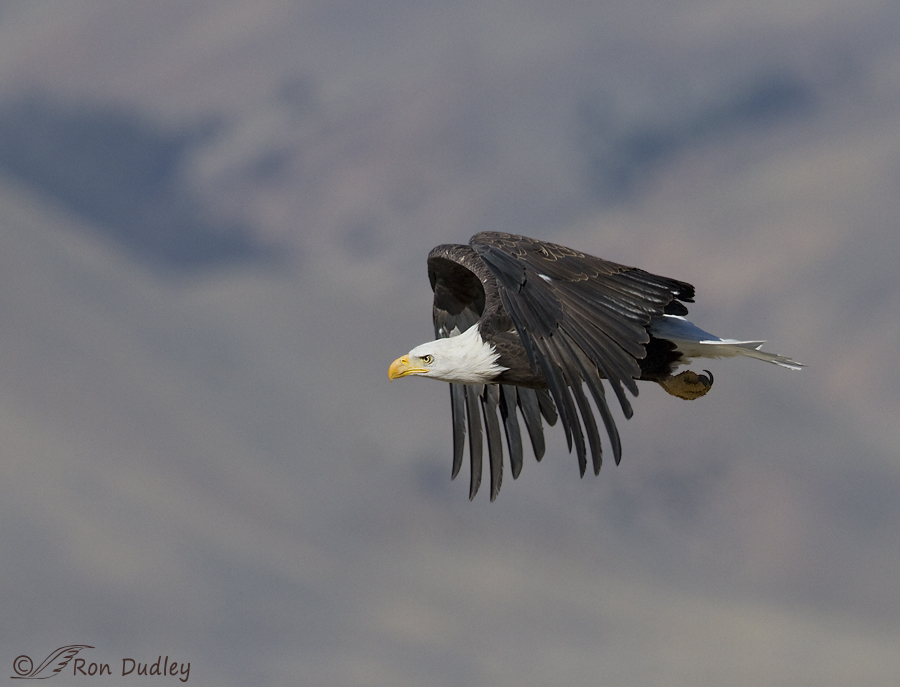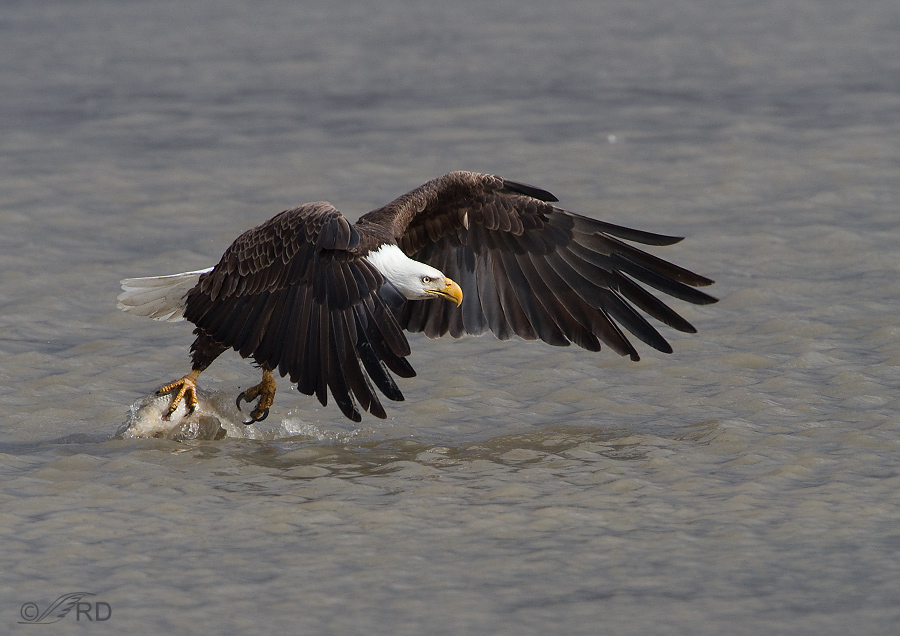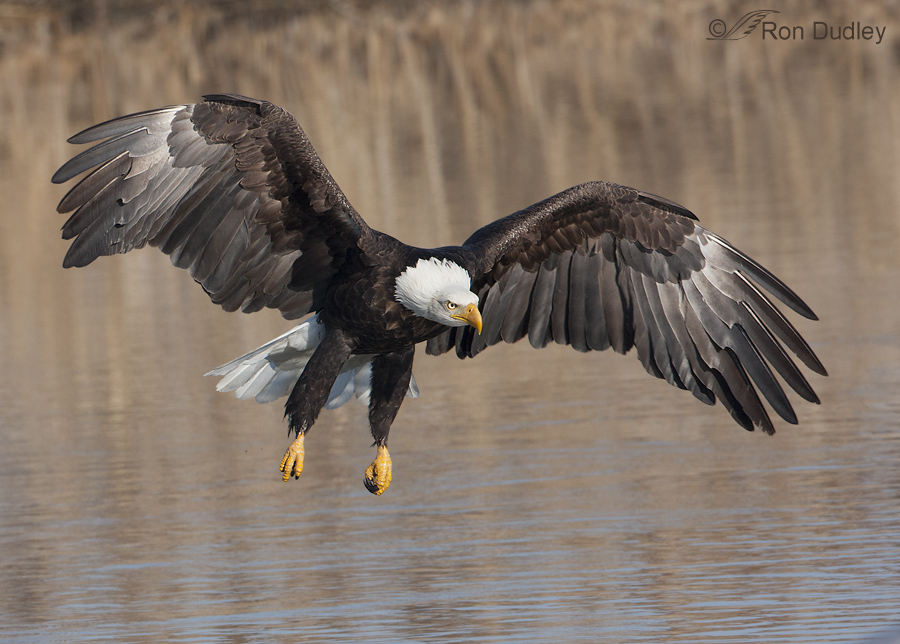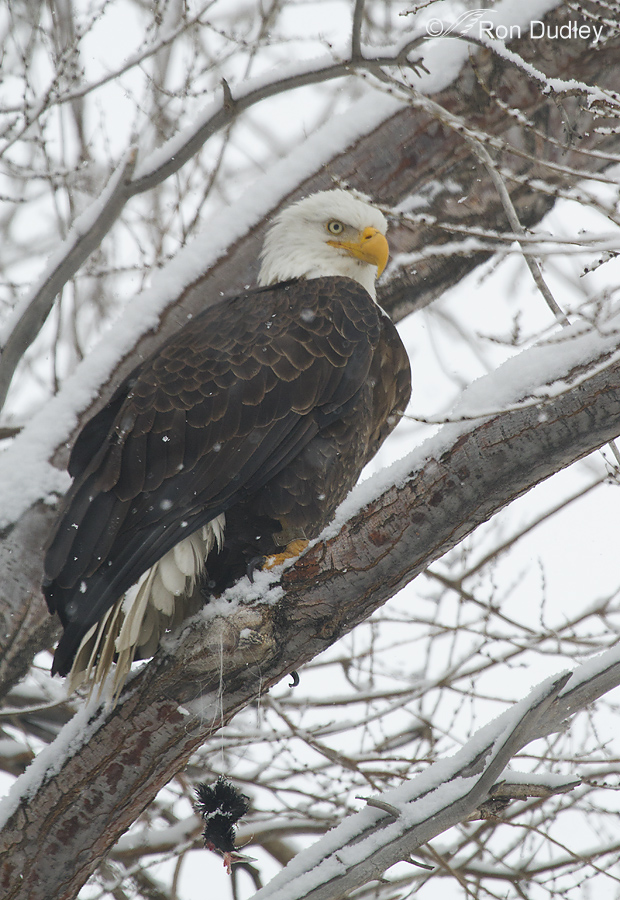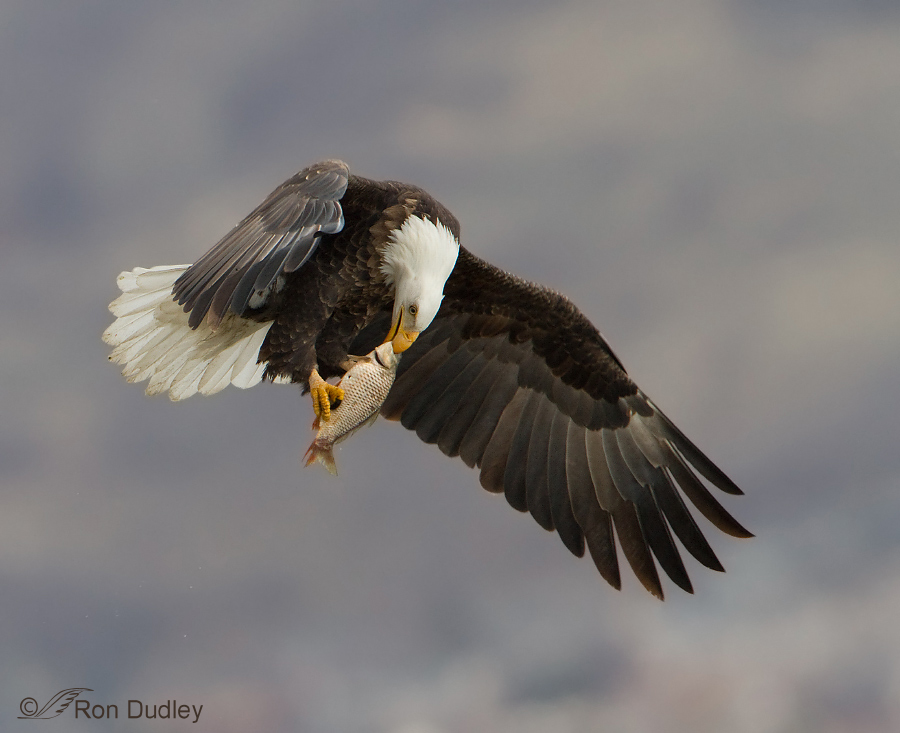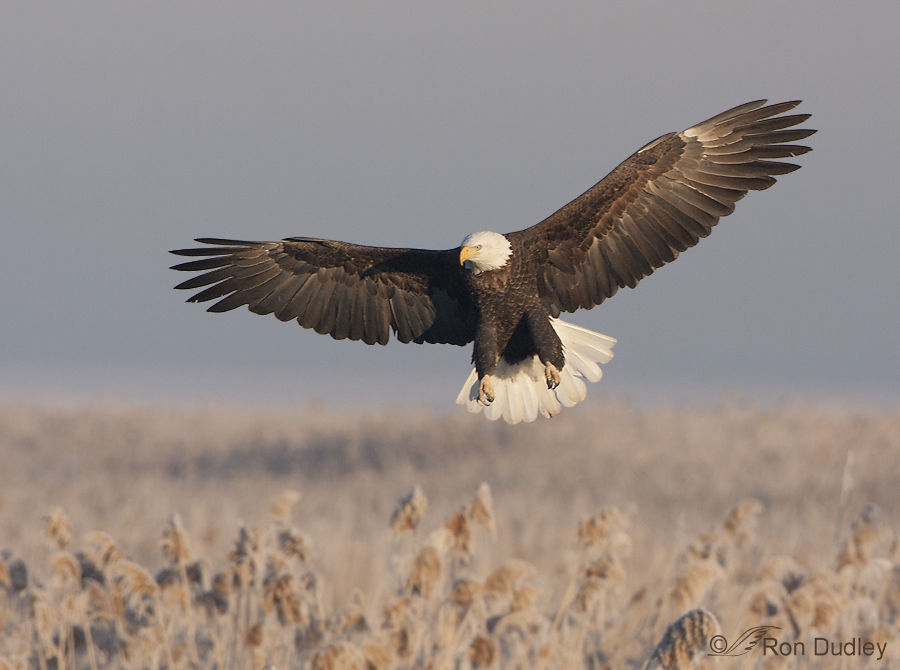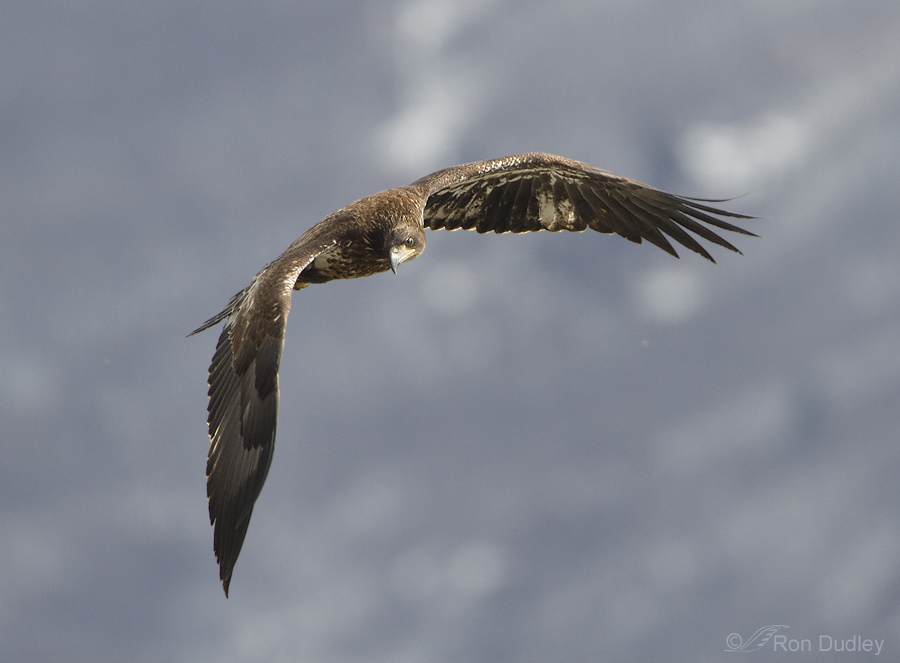Category: Bald Eagles
Bald Eagle In Montana’s Centennial Valley
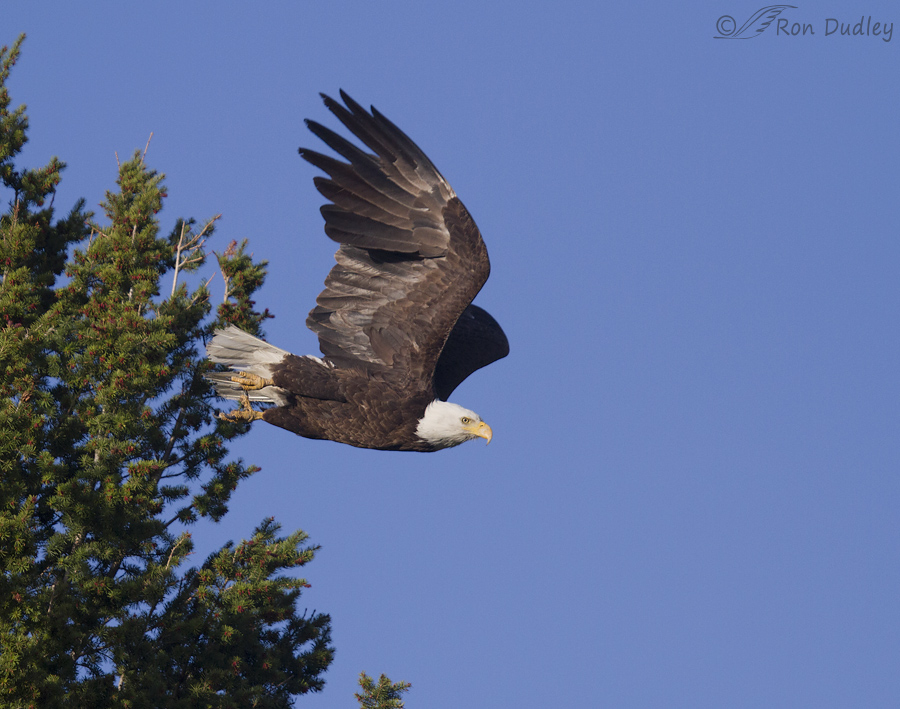
I often photograph Bald Eagles in Utah during winter but for me those images have a different mood (for lack of a better word) because they’re often taken near urban environments and for me they don’t convey the feeling of wildness that I so love about the Centennial Valley. And I very seldom get anything “green” in my Utah Bald Eagle images taken in winter.
The Honor In Keeping Your Word (or the lack of it when you don’t)
Intensity – Bald Eagle Landing For A Fight
Farmington Bay, Bald Eagles And The 2014 Carp Kill
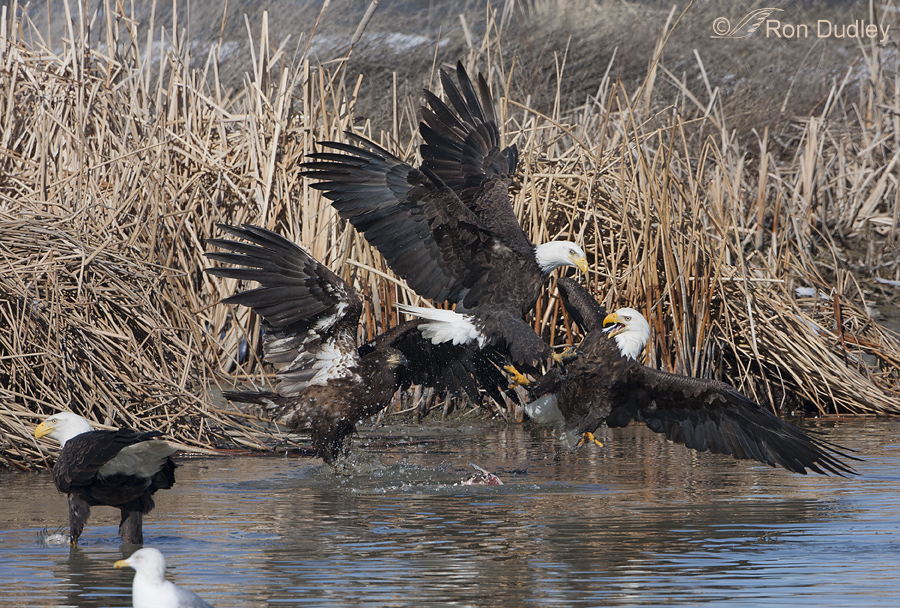
For years managers at Farmington Bay WMA have killed carp as a management tool. The dead fish bring in hundreds of Bald Eagles but this year, because of the West Nile Virus outbreak in the eagle population, managers had to decide whether or not to proceed with the fish kill. That decision has been made.
Two Bald Eagle Surprises – One Good, The Other Not So Much…
Photo Contracts – The Devil’s In The Details
Bald Eagle Flaring For A Landing (+ an update on Utah’s dying eagles)
A Barn Owl Hunting And A Delightful Surprise When I Arrived Home
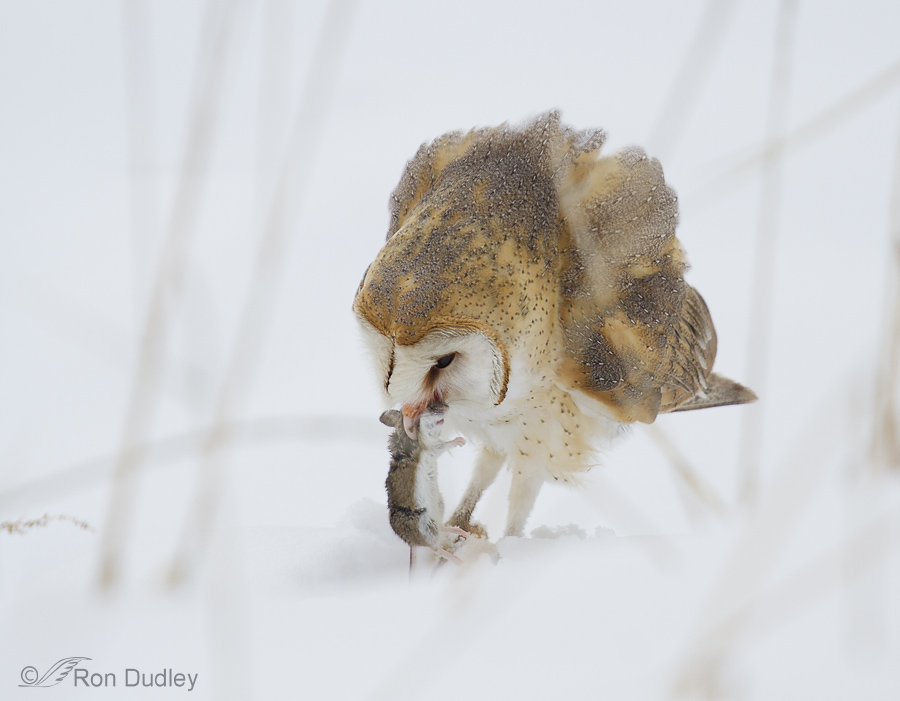
Yesterday was chock full of avian surprises!
It was overcast and gloomy the entire day, the kind of day we normally stay home, but in an effort to relieve cabin fever we finally broke down and left for Farmington at midday. While there we didn’t see many birds and almost left for home after one tour of the area but at the last minute decided to do another. That’s when this cooperative Barn Owl came into play.
The Supracoracoideus – An Ingenious Adaptation For Flight
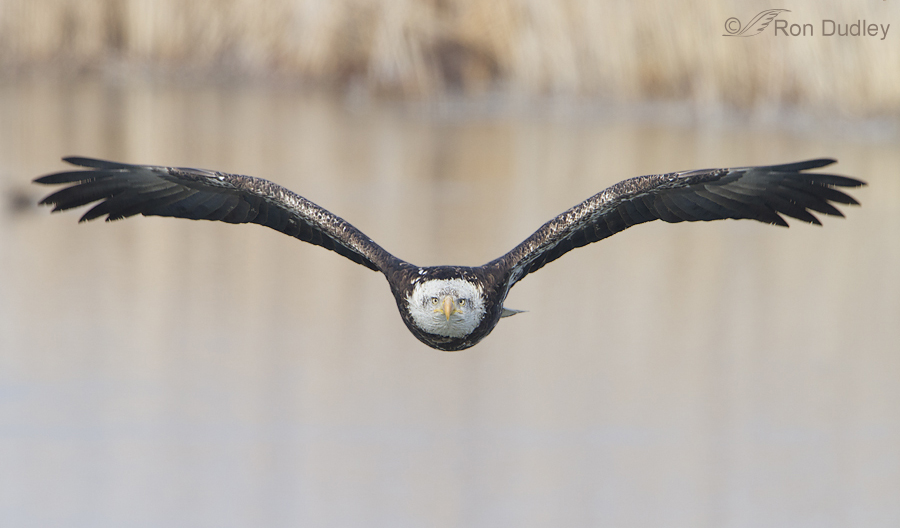
When I was teaching high school zoology I was fascinated by the many adaptations of birds for flight. Still am. One of them is a unique muscle arrangement that allows the return stroke of the wing while maintaining aerodynamic stability. I hope you’ll allow me a little change in direction with today’s post as I attempt to explain and illustrate one of the anatomical adaptations of birds for flight.
Bald Eagle Potpourri
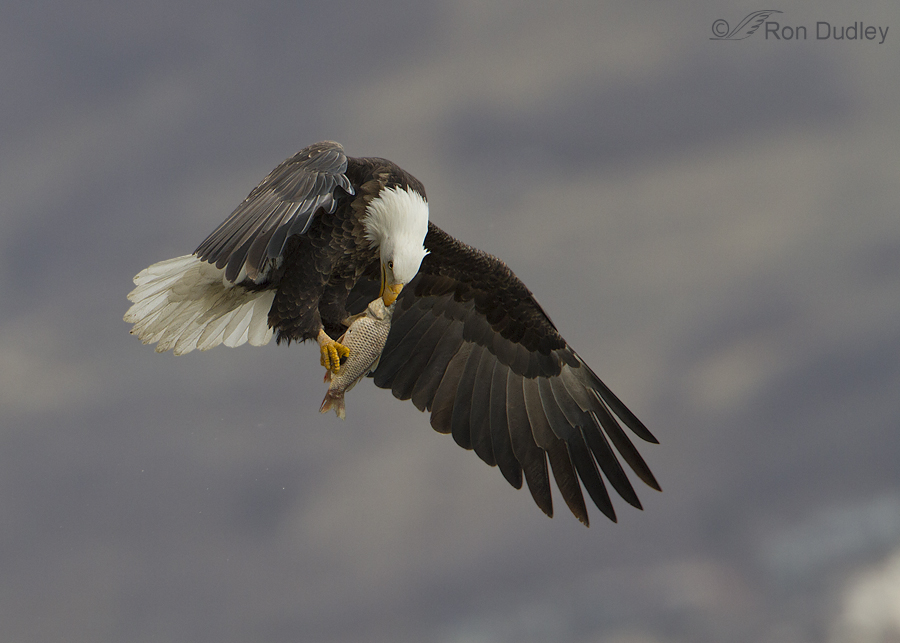
Yesterday morning I saw my first Bald Eagle of the season at Farmington Bay. It was too far away for even mediocre images but it was there! We have a small number of resident eagles in northern Utah but those few birds normally don’t hang out at Farmington this early in the season so I’m not sure if it was a wandering resident or an early migrant. Either way it was a delight to see.
As a result, when I began thinking about today’s post my mind kept returning to eagles so I thought I’d present several images taken at Farmington two winters ago.
A Compositional Conundrum – Immature Bald Eagle
Yet Another Reason Why I Dislike Baiting
Baiting birds into close proximity for photographic purposes is a highly controversial subject, especially when it’s done to raptors. Often live bait such as store-bought mice are thrown in front of the photographer so that photos can be obtained of the bird in flight as it swoops down for the rodent.
Image Thieves Prompt A Change To “Feathered Photography”
I’m sorry to say that rampant copyright infringement and outright image thievery have forced me to make an unwanted change to my blog.
A Guide To Aging Bald Eagles
As we go into prime “eagle watching” season here in northern Utah I thought it might be timely to present a guide that would be helpful in aging Bald Eagles as they progress through the 5-6 year process of becoming adults. Many of these younger birds are mistakenly identified as Golden Eagles by the general public. Eagles that have not reached the adult stage are referred to as immature, juveniles or sub-adults. Plumage stages are highly variable, depending on molt sequence, age and timing so other factors like iris and beak color are also taken into account when estimating age. Eyes gradually change from dark brown to yellow while the beak goes from blackish-gray to yellow. 1/4000, f/8, ISO 500, 500 f/4, not baited, set up or called in The adult Bald Eagle is unmistakable with its distinctive bright white head and tail contrasting with the dark brown body and wings. 1/200, f/6.3, ISO 800, 500 f/4, 1.4 tc, not baited, set up or called in But juveniles present very differently than adults, especially in the early stages of development. This very young bird is barely fledged and was still hanging around its nest in sw Montana. Notice that the plumage is dark brown throughout, though they may have some white or pale mottling at this stage – especially on the underparts. Both eye and beak are very dark. 1/2000, f/6.3, ISO 500, 500 f/4, 1.4 tc, not baited, set up or called in This is a first year bird during winter. 1/800, f/8, ISO 500, 500 f/4, natural light,…
Bald Eagle In Montana’s Centennial Valley

I often photograph Bald Eagles in Utah during winter but for me those images have a different mood (for lack of a better word) because they’re often taken near urban environments and for me they don’t convey the feeling of wildness that I so love about the Centennial Valley. And I very seldom get anything “green” in my Utah Bald Eagle images taken in winter.
The Honor In Keeping Your Word (or the lack of it when you don’t)
Intensity – Bald Eagle Landing For A Fight
Farmington Bay, Bald Eagles And The 2014 Carp Kill

For years managers at Farmington Bay WMA have killed carp as a management tool. The dead fish bring in hundreds of Bald Eagles but this year, because of the West Nile Virus outbreak in the eagle population, managers had to decide whether or not to proceed with the fish kill. That decision has been made.
Two Bald Eagle Surprises – One Good, The Other Not So Much…
Photo Contracts – The Devil’s In The Details
Bald Eagle Flaring For A Landing (+ an update on Utah’s dying eagles)
A Barn Owl Hunting And A Delightful Surprise When I Arrived Home

Yesterday was chock full of avian surprises!
It was overcast and gloomy the entire day, the kind of day we normally stay home, but in an effort to relieve cabin fever we finally broke down and left for Farmington at midday. While there we didn’t see many birds and almost left for home after one tour of the area but at the last minute decided to do another. That’s when this cooperative Barn Owl came into play.
The Supracoracoideus – An Ingenious Adaptation For Flight

When I was teaching high school zoology I was fascinated by the many adaptations of birds for flight. Still am. One of them is a unique muscle arrangement that allows the return stroke of the wing while maintaining aerodynamic stability. I hope you’ll allow me a little change in direction with today’s post as I attempt to explain and illustrate one of the anatomical adaptations of birds for flight.
Bald Eagle Potpourri

Yesterday morning I saw my first Bald Eagle of the season at Farmington Bay. It was too far away for even mediocre images but it was there! We have a small number of resident eagles in northern Utah but those few birds normally don’t hang out at Farmington this early in the season so I’m not sure if it was a wandering resident or an early migrant. Either way it was a delight to see.
As a result, when I began thinking about today’s post my mind kept returning to eagles so I thought I’d present several images taken at Farmington two winters ago.
A Compositional Conundrum – Immature Bald Eagle
Yet Another Reason Why I Dislike Baiting
Baiting birds into close proximity for photographic purposes is a highly controversial subject, especially when it’s done to raptors. Often live bait such as store-bought mice are thrown in front of the photographer so that photos can be obtained of the bird in flight as it swoops down for the rodent.
Image Thieves Prompt A Change To “Feathered Photography”
I’m sorry to say that rampant copyright infringement and outright image thievery have forced me to make an unwanted change to my blog.
A Guide To Aging Bald Eagles
As we go into prime “eagle watching” season here in northern Utah I thought it might be timely to present a guide that would be helpful in aging Bald Eagles as they progress through the 5-6 year process of becoming adults. Many of these younger birds are mistakenly identified as Golden Eagles by the general public. Eagles that have not reached the adult stage are referred to as immature, juveniles or sub-adults. Plumage stages are highly variable, depending on molt sequence, age and timing so other factors like iris and beak color are also taken into account when estimating age. Eyes gradually change from dark brown to yellow while the beak goes from blackish-gray to yellow. 1/4000, f/8, ISO 500, 500 f/4, not baited, set up or called in The adult Bald Eagle is unmistakable with its distinctive bright white head and tail contrasting with the dark brown body and wings. 1/200, f/6.3, ISO 800, 500 f/4, 1.4 tc, not baited, set up or called in But juveniles present very differently than adults, especially in the early stages of development. This very young bird is barely fledged and was still hanging around its nest in sw Montana. Notice that the plumage is dark brown throughout, though they may have some white or pale mottling at this stage – especially on the underparts. Both eye and beak are very dark. 1/2000, f/6.3, ISO 500, 500 f/4, 1.4 tc, not baited, set up or called in This is a first year bird during winter. 1/800, f/8, ISO 500, 500 f/4, natural light,…


